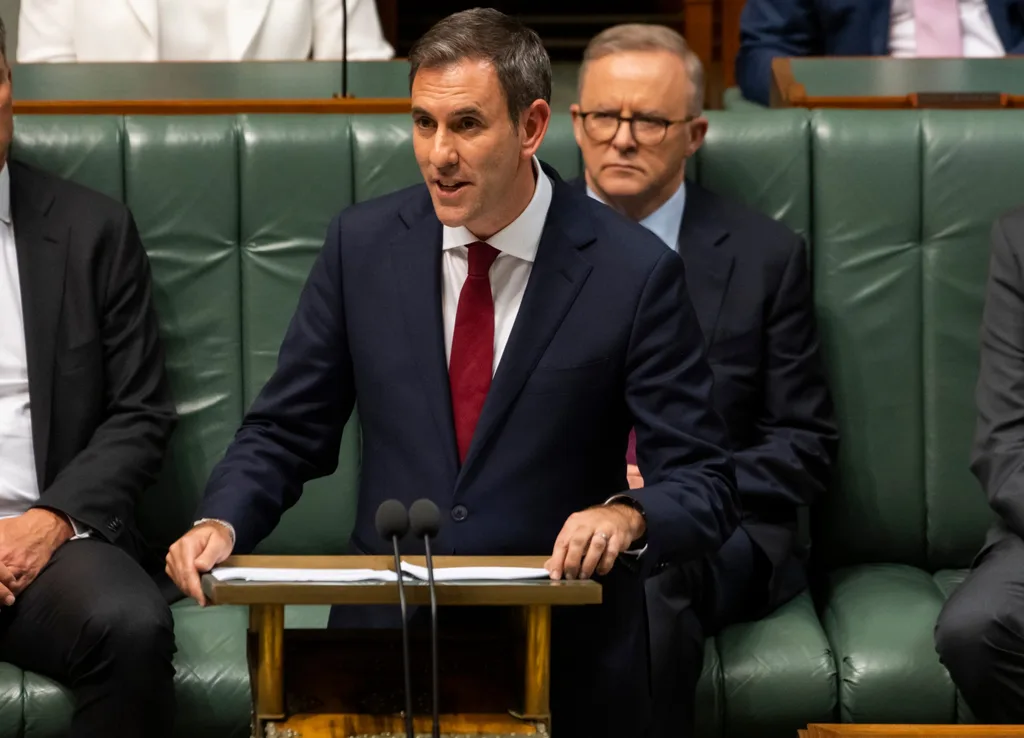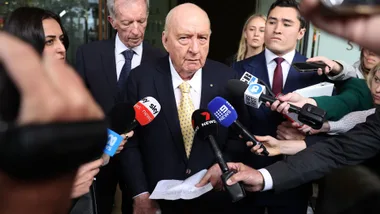The Albanese government has handed down its first budget since being elected, and finally, a major part of its focus is centred on women.
The Labor government issued the federal budget for the first time in almost a decade on October 25 with a significant part of it pointed towards achieving gender equality. Treasurer Jim Chalmers and Prime Minister Anthony Albanese issued a detailed statement outlining the government’s plans for key areas including women’s safety, childcare education and the gender pay gap.
In the statement, Chalmers and Albanese said gender inequality was “holding Australia back”.
“Until there is true gender equality, we cannot reach our full potential and be the Australia we want to be.”
The budget’s significant focus on women has been well received, with the ABC’s Patricia Karvelas suggesting it “signals that there is about to be a massive shift in the way policy [affecting women] is formulated and framed in coming budgets.”
Below, we breakdown the key areas of the federal budget impacting women.

Women’s safety
As part of the existing National Plan to End Violence Against Women and Children, the government has allocated $170 million to fund 500 new frontline workers that will directly work with women and children who are experiencing violence.
“Funds for these positions will be distributed to states and territories to support them to best target areas of need,” the statement read.
Another $39.6 million has been allocated towards the Escaping Violence Payment, which will help victims of domestic violence establish a new home away from violent situations.
There will also be an allocation of $25 million towards the intervention of perpetrator behaviour using “innovative responses”.
A $12.6 million boost will go towards a trial program for Temporary Visa Holders who experience family, domestic and sexual violence. A 2020 report from Monash University and migrant and refugee support service, Harmony Alliance found that 33 per cent of migrant women had experienced some form of domestic family violence—the trial program is aimed to give them a means to support themselves after escaping violent situations.
Consent Education
The government has allocated $83.5 million in funding towards education around consent and respectful relationships in schools across Australia. This will include specialised training for teachers who will develop “age appropriate and evidence-based” materials to utilise in lessons.
The gender pay gap
As it stands, a woman working full-time in Australia earns $263.90 less per week than a man working full-time. Two new policies have been introduced to tackle this issue—banning the “pay secrecy clause” in employment contracts, and the Women’s Gender Equality Agency will hold large companies (with at least 100 employees) accountable by publishing their gender gap data for public consumption.
$3 million has also been allocated to the set-up of a National Strategy to Achieve Gender Equality, which will set out “concrete actions” that focus on women’s economic equality and independence, leadership, representation and rights, balancing family and care responsibilities, and health and wellbeing.
Overseeing the progress will be the Women’s Economic Equality Taskforce, chaired by Sam Mostyn AO, which will feed advice and directions directly into the government. This advice will largely be focussed on minimising the gender pay gap, barriers to workforce participation and the distribution of caretaker responsibilities in the household.
This advice will be collated into a National Strategy to Achieve Gender Equality which will “guide whole-of-government actions” in order to close the gap.
Early childhood care and parental leave
The budget noted that women disproportionately take on unpaid work and care, especially when they become parents. The Albanese government will invest $4.7 billion in early childhood education and care to allow parents the option to take on more paid work.
As announced earlier this month, the government is also investing $531.6 million to expand the Paid Parental Leave scheme to 26 weeks, with an extra two weeks added each year from 2024 until 2026. The scheme has also been amended as gender neutral, meaning any parent can be the first to claim leave. It previously specified the “birth mother” as the primary recipient of paid leave.










